Construction work is undoubtedly one of the most essential industries, but it also comes with significant risks. Have you ever wondered how you can minimize those risks while ensuring a safer work environment? Whether you’re a seasoned professional or new to the field, knowing the top safety precautions every construction worker should follow is crucial for your well-being and the success of your projects.
Why Construction Safety Should Be Your Top Priority
Construction sites are bustling environments where workers face various hazards every day. From heavy machinery and equipment to high-altitude work, the potential risks are ever-present. But here’s the big question: How can construction workers ensure their safety on-site and prevent accidents? By implementing the right safety precautions and fostering a culture of safety, construction workers can significantly reduce the risk of injuries and fatalities. This article will guide you through the essential safety measures that every construction worker should be aware of to ensure a safe and secure working environment.
Why is Construction Safety So Important?
Before diving into the specific safety precautions, it’s important to understand the significance of workplace safety in the construction industry. According to statistics from the Occupational Safety and Health Administration (OSHA), construction is one of the most dangerous industries in the United States, accounting for a high number of workplace injuries. In fact, construction-related injuries make up a significant percentage of all workplace accidents, leading to lost productivity, expensive medical costs, and sometimes even fatalities.
Thus, safety is not just a priority but an absolute necessity for everyone involved. Implementing effective safety practices can save lives, improve work efficiency, and ensure that your construction site complies with regulatory standards.
Key Safety Precautions Every Construction Worker Should Know
- Personal Protective Equipment (PPE)
The first and most fundamental line of defense for construction workers is Personal Protective Equipment (PPE). PPE includes safety gear such as helmets, gloves, boots, eye protection, hearing protection, and high-visibility vests. Each piece of equipment serves a specific purpose, protecting workers from common hazards like falling objects, noise, and exposure to chemicals.- Hard Hats: Protect against falling debris, electrical shocks, and impacts.
- Gloves: Protect your hands from cuts, abrasions, and chemicals.
- Safety Boots: Provide protection from heavy objects, slips, and punctures.
- Eye Protection: Prevent eye injuries from dust, debris, and harmful UV rays.
- Ear Protection: Reduce the risk of hearing damage from loud machinery.
- High-Visibility Clothing: Ensures that workers are visible to others, especially in low-light conditions.
Tip: Make sure that your PPE is inspected regularly for wear and tear. If any equipment is damaged, replace it immediately to maintain optimal protection.
Explore PPE Options for Construction Workers
- Fall Protection
Falls are one of the leading causes of fatalities in the construction industry. Whether working on scaffolding, roofs, or elevated platforms, it’s critical to implement fall protection systems. Guardrails, harnesses, and safety nets should be used to prevent falls from heights. Workers must be properly trained on how to use fall protection equipment to avoid accidents.- Guardrails: Install around edges where workers may be at risk of falling.
- Personal Fall Arrest Systems (PFAS): These systems use harnesses, ropes, and anchors to prevent workers from falling.
- Safety Nets: Set up below elevated areas to catch workers if they fall.
Tip: Ensure all workers are trained to recognize fall hazards and the proper use of fall protection systems.
Learn More About Fall Protection
- Lifting and Carrying Safety
Manual handling of heavy loads is a common cause of injury in construction. Lifting and carrying heavy materials incorrectly can lead to strains, sprains, and back injuries. To avoid these injuries, construction workers should follow proper lifting techniques.- Use Team Lifting: When lifting heavy objects, work together with a colleague.
- Lift with Your Legs, Not Your Back: Keep your back straight and bend your knees when lifting heavy materials.
- Use Lifting Equipment: When possible, use cranes, hoists, or forklifts to lift heavy objects instead of relying on manual lifting.
Tip: Regularly take breaks to prevent strain and reduce fatigue. Always use equipment to assist in lifting heavy materials whenever possible.
Explore Safety Tips for Manual Lifting
- Tool and Equipment Safety
Every construction worker relies on tools and machinery, but improper use can lead to serious injuries. It’s important to follow safety guidelines for all tools and equipment used on the job site. Make sure all tools are in good working condition, and always follow the manufacturer’s instructions.- Inspect Tools Regularly: Before using any equipment, check for signs of damage or wear.
- Proper Training: Ensure that workers are trained on how to use tools and machinery correctly and safely.
- Lockout/Tagout Procedures: Implement proper lockout/tagout procedures when servicing machinery to prevent accidental startup.
Tip: Establish a regular inspection and maintenance schedule to ensure all tools and equipment are functioning properly and safely.
Find Tools and Equipment Safety Guidelines
- Site Housekeeping
A cluttered construction site is a hazardous construction site. Ensuring that work areas are clean and free of debris is essential for preventing accidents. Proper housekeeping includes removing waste materials, securing tools and equipment, and ensuring clear walkways.- Clean Up Spills Immediately: Prevent slips and falls by cleaning up spills as soon as they occur.
- Remove Waste and Debris: Keep work areas free of trash, tools, and debris that may obstruct pathways.
- Store Materials Properly: Ensure materials are stored safely and securely to prevent tripping hazards.
Tip: Assign a specific team member or create a rotation to maintain site cleanliness throughout the day.
Learn About Construction Site Housekeeping
- Communication on the Job Site
Effective communication is key to maintaining safety on construction sites. Workers should always be able to communicate clearly with their teammates, supervisors, and other site personnel. This includes using hand signals, radios, or walkie-talkies to relay important safety information.- Use Hand Signals: Standardized hand signals should be used to communicate effectively when machinery is operating.
- Maintain Radios: Use radios to ensure continuous communication, especially when workers are spread out across the site.
- Daily Safety Meetings: Hold briefings at the start of each shift to discuss potential hazards and safety protocols.
Tip: Ensure everyone is trained on how to use communication tools, including radios and hand signals.
Explore Communication Safety Best Practices
- Emergency Preparedness
Despite all safety measures, emergencies can still occur. Having an emergency plan in place is essential for protecting workers during accidents, fires, or medical emergencies. Ensure that all workers are familiar with the emergency exits, first-aid kits, and emergency procedures.- First-Aid Kits: Ensure that first-aid kits are available and fully stocked.
- Emergency Drills: Conduct regular emergency drills to ensure workers are prepared for potential accidents.
- Emergency Contact Information: Post emergency contact numbers and procedures around the work site.
Tip: Regularly review and update the emergency procedures to adapt to changes in the site environment.
Learn More About Emergency Preparedness
Prioritize Safety for a Successful Career in Construction
In the fast-paced and physically demanding world of construction, safety must always come first. Implementing the right precautions—from wearing personal protective equipment to ensuring effective communication and emergency preparedness—can prevent accidents and save lives. By adhering to these key safety guidelines, you ensure not only your own safety but also the safety of your coworkers and the success of your projects.
So, are you ready to make safety your top priority on the construction site? Start by applying these safety precautions today and create a safer, more efficient work environment for everyone involved.
Read more in this amazing blog

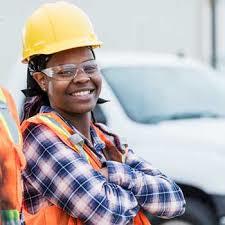


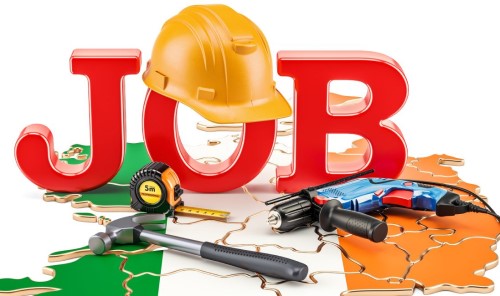
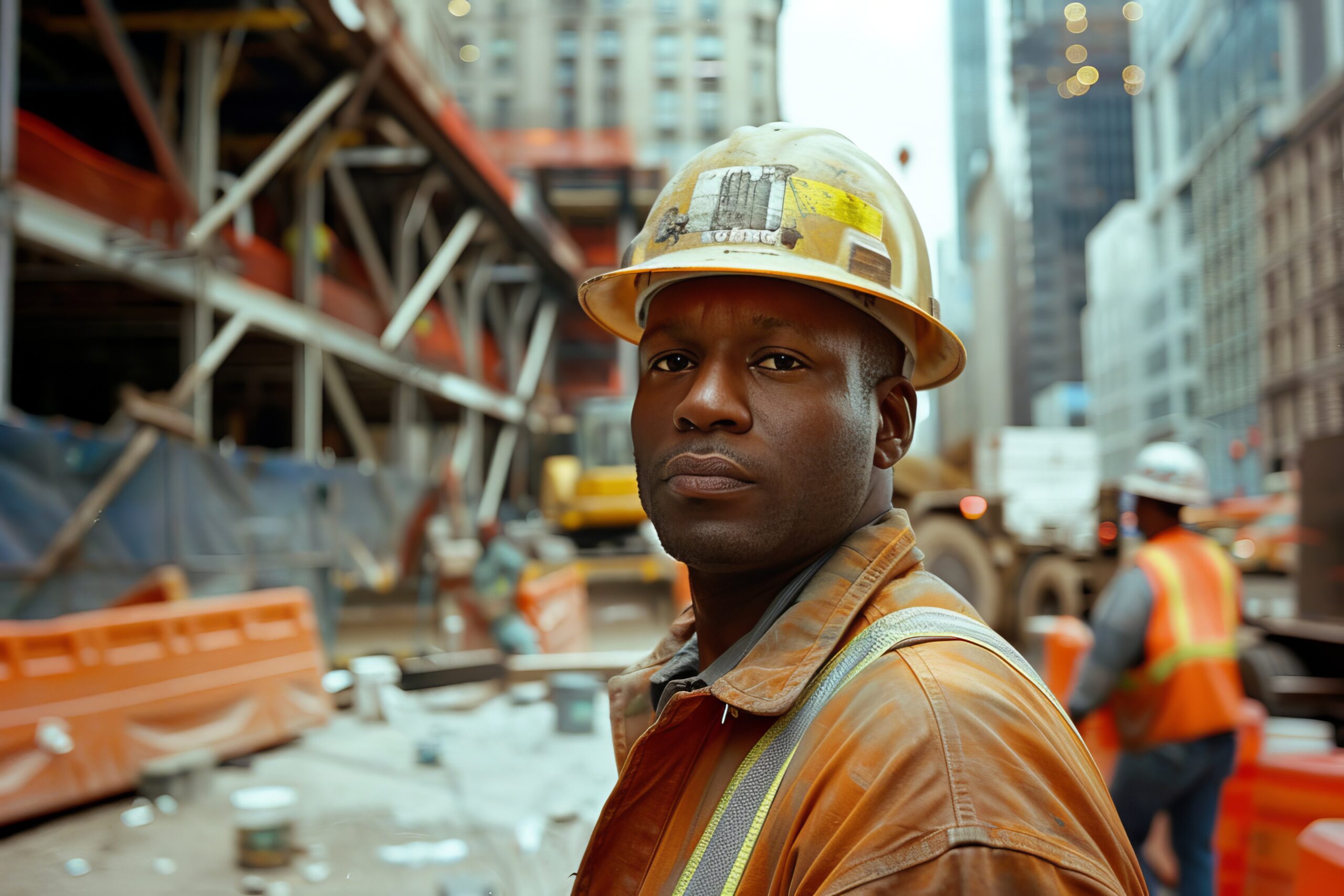
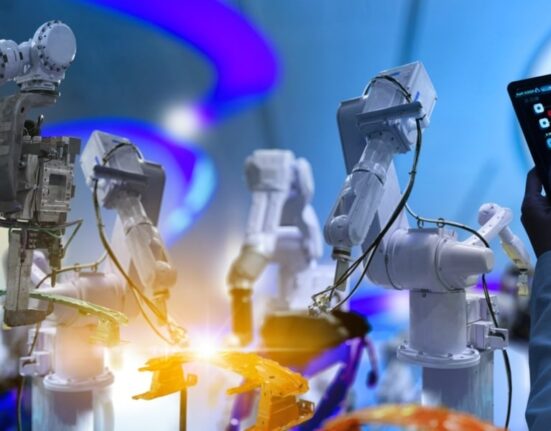
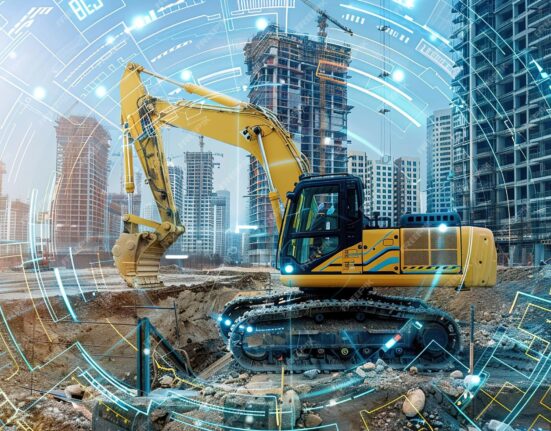
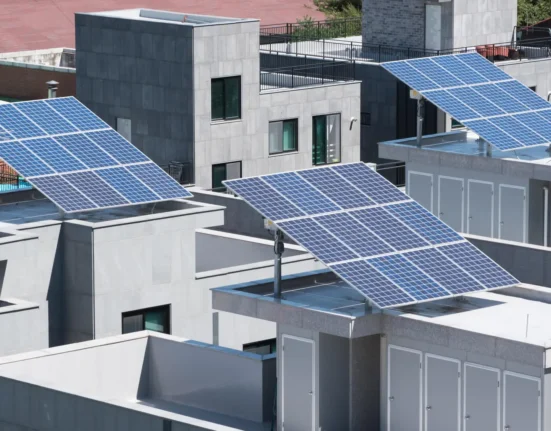
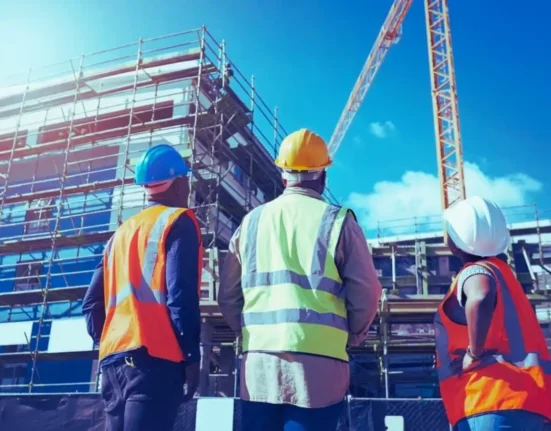

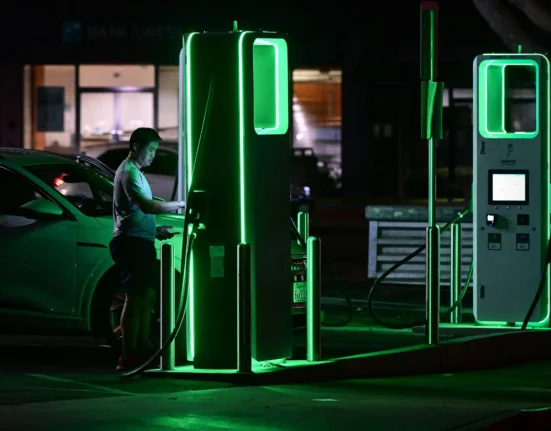
Leave feedback about this